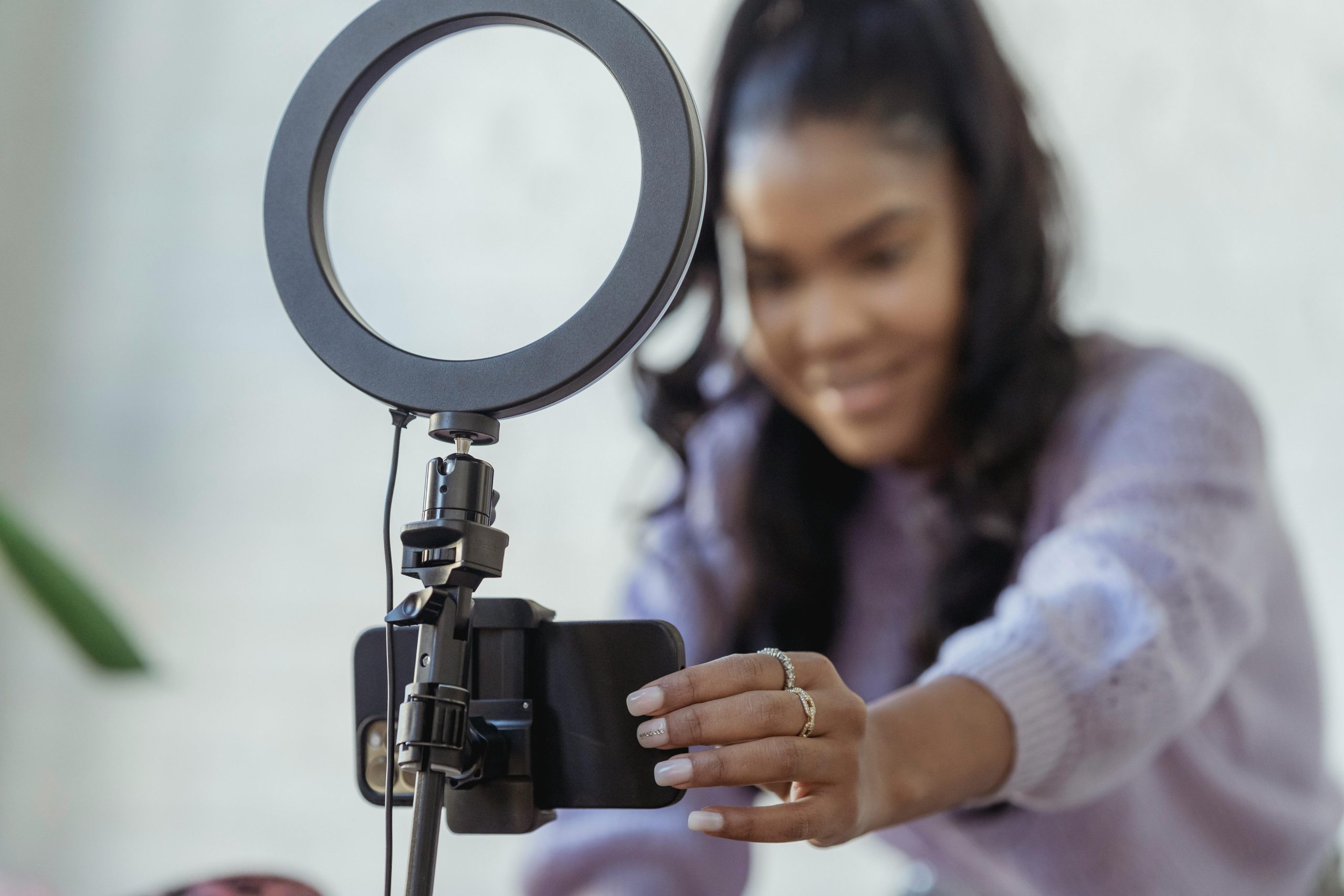I made this public /fake influencer video generator using a custom gpt.
Exploring AI-Driven Content Creation: Building a Fake Influencer Video Generator with Custom GPT
In the rapidly evolving realm of artificial intelligence, innovative applications continually emerge that push the boundaries of creativity and automation. Recently, I developed a novel workflow that leverages a custom GPT model to generate fake influencer videos—an experiment that highlights the exciting possibilities of AI in content creation. This open-source project, which I’ve shared publicly, demonstrates how sophisticated AI models can be orchestrated to produce convincing audiovisual simulations, raising intriguing questions about the future of digital media.
Introducing the Custom GPT Workbench
At the core of this project is a specialized GPT that creates a visual workflow builder. This interface allows users to connect various processing modules—ranging from image and video generators to text-to-speech (TTS) models—and execute them sequentially. The builder supports multiple AI models, including GPT-4o, GPT-5, Nano Banana for image generation, Seedance for video synthesis, and Lipsync-2 for synchronizing audio with visual content.
This modular approach empowers users to design complex media pipelines without deep technical expertise, facilitating rapid experimentation and iteration.
How the Fake Influencer Video Workflow Operates
The primary user input involves uploading an image of a product and providing a detailed description. These inputs then traverse two main processing paths:
Path 1: Audio Script Generation
The uploaded product image and description are processed by GPT-4o, which crafts a brief (~5 seconds) script suitable for a promotional segment. This script is subsequently fed into a TTS model—Minimax’s Speech-02-Turbo—to generate realistic voice audio, simulating a spoken endorsement.
Path 2: Video Content Synthesis
Parallelly, GPT-4o also receives the same inputs to produce an image prompt for Nano Banana. This prompt guides the creation of an influencer-like image posing with the product. Once the image is generated, GPT-4o analyzes it alongside the product description to generate a short video prompt for Seedance-1-lite. Seedance then synthesizes a 5-second video clip, using the Nano Banana image as the initial frame.
Finally, the audio from the TTS module and the generated video clip are combined using Lipsync-2, which attempts to synchronize the influencer’s mouth movements with the speech, producing a believable talking-head animation.
How to Try It Yourself
To experiment with this workflow, you’ll need access to the custom GPT platform














Post Comment